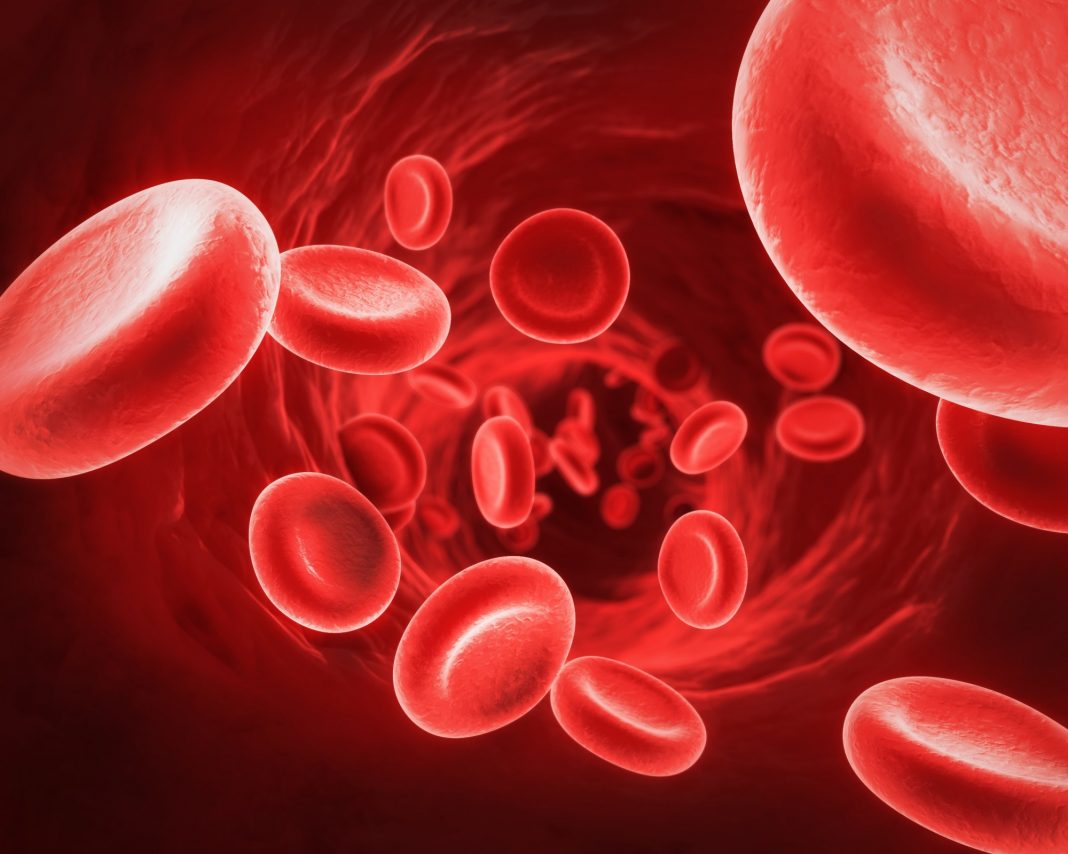With World Haemochromatosis Week beginning 1 June 2021, we are reminded that haemochromatosis – a condition where the body absorbs too much iron – if undiagnosed, can lead to a greater risk of developing chronic diseases such as liver cancer, arthritis and diabetes.
Reportedly one in seven Australians carry a mutation of the defective gene and one in 200 Australians have an increased chance of developing the disorder but few know about haemochromatosis let along had had a test for the hereditary condition.
Also known as iron overload has been historically underdiagnosed due to its vague symptoms, which include fatigue, depression and joint pain – symptoms often associated with a range of other illnesses.
Early diagnosis is important because if diagnosed the treatment for haemochromatosis is said to be simple, safe and effective, consisting of the regular remove of blood, known as venesection.
“Recent findings from UK research led by the University of Exeter identified higher risks of liver disease, arthritics and other chronic conditions in people with haemochromatosis, supporting the case for a national screening program here in Australia,” says Murdoch Children’s Research Institute and Medical Director of Victorian Clinical Genetics Service, Professor Martin Delatycki.
According to Haemochromatosis Australia President, Dr Dianne Prince, the condition costs “Australia’s health system over $280 million annually”, with this sum compounded further by the “other chronic conditions when left undiagnosed and untreated”.
“It can be easily managed, but sadly we continue to hear from people with significant health problems caused by a late diagnosis,” says Dr Prince.
“It’s quite common for people with these symptoms to think they’re actually iron deficient and take supplements, not knowing it’s the last thing they need.
“We urge people to get their iron levels checked before taking iron supplements or iron fortified foods.”
World Haemochromatosis Week begins 1 June 2021 and more than 30 well-known buildings and landmarks around Australia will be illuminated in red to raise awareness about the condition and prompt people to get tested.
For more information and to find out how your pharmacy can get involved, visit: haemochromatosis.org.au/







